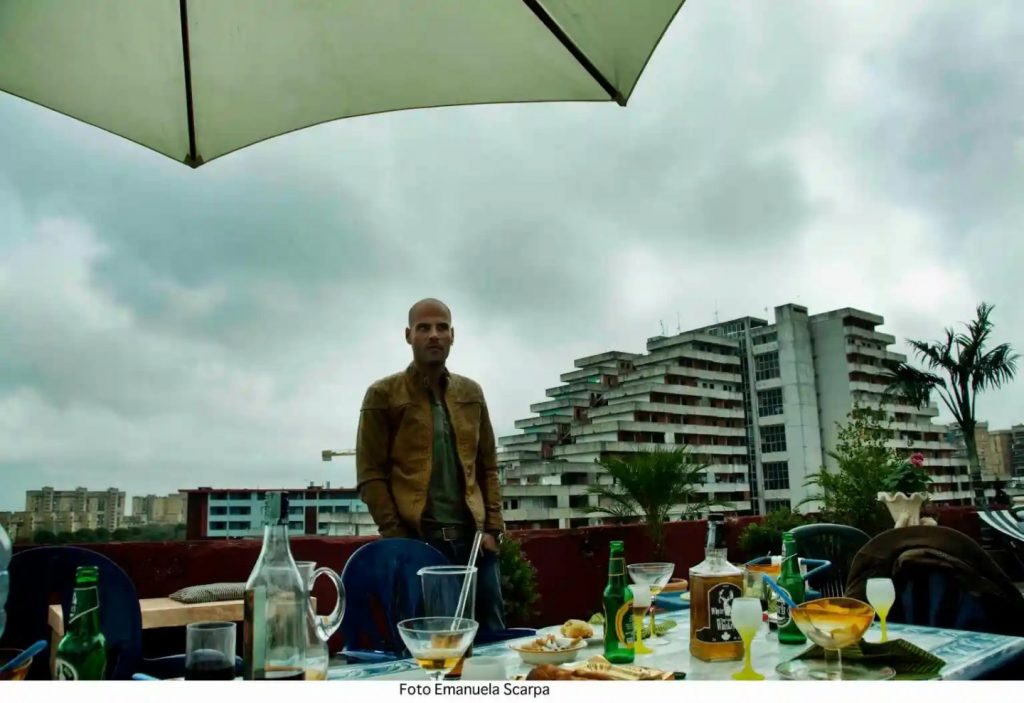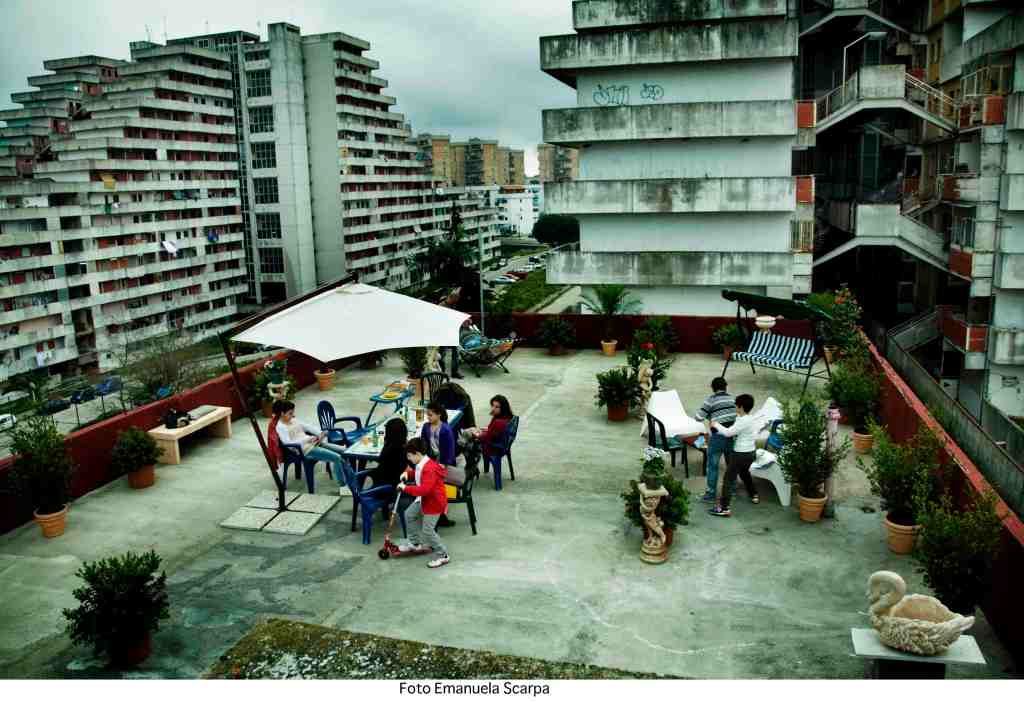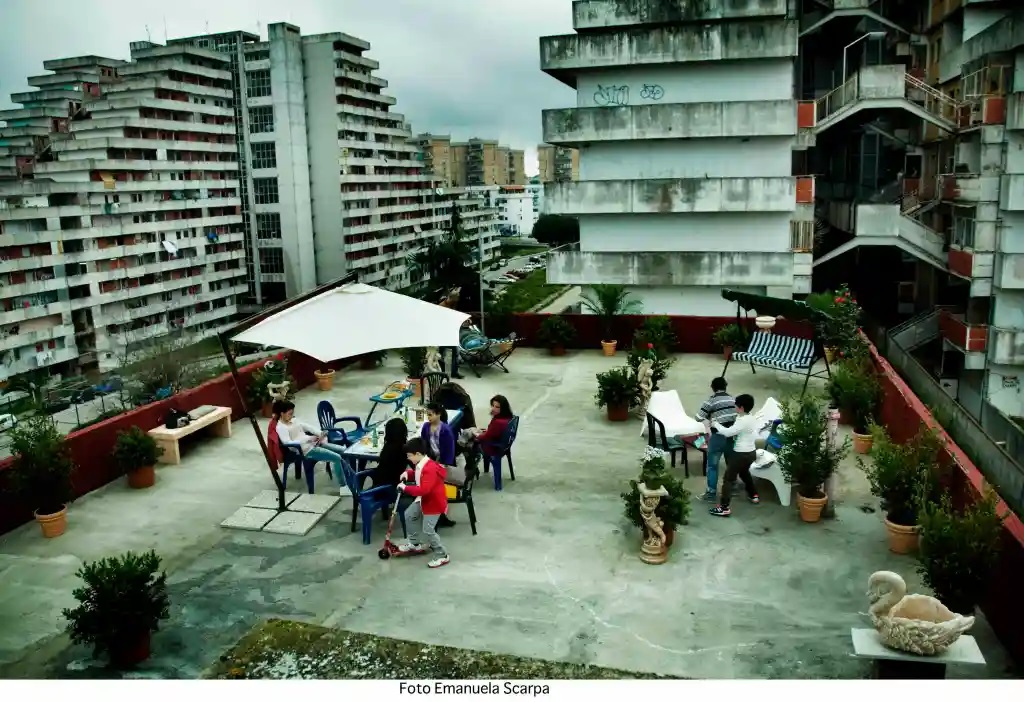Where does the real Scampia end and the story begin?

The Spectator – ‘Isn’t Naples beautiful? I’ve always dreamt about it. I always wanted this city all for myself; I didn’t want to share it… I alone deserved it because of everything I lost and I would have done anything to get it.’ So says Ciro Di Marzio – nicknamed ‘the immortal’ because he has survived so much mafia bloodletting – in the hit TV crime drama Gomorrah.
He is not talking about the churches or castles, the arcades or theatres or museums. He may have been out on the bay at night when the words are uttered, but the Naples he knows, grew up in and by then controls is the Naples of Scampia and Secondigliano, places up on the ridgeline of the city: the Naples of high rises and concrete, the Naples of drugs and murder.
Gomorrah, shown on Sky, quickly became a commercial and critical success, eventually distributed to 190 countries. It has always been a loosely fictionalised version of real life, adapted from the non-fiction book of the same name by Roberto Saviano, and part of its appeal is its authenticity. The characters speak in the local dialect, so much so that Italian viewers also get subtitles; the violence is largely based on historic crimes; and the action is filmed on location, specifically at Le Vele, the seven large residential complexes that resemble the steep stepped sterns of the huge cruise liners that visit the port below and disgorge tourists towards Vesuvius and Pompeii.

If characters such as Ciro and his nemesis Genny are compelling, it is partly because they are rendered sympathetic by the hellscape in which they exist, one that is all too real. At the heart of the fiction and the non-fiction is Le Vele – the Sails – once the largest open-air drug market in Europe, worth an estimated £200 million a year in profit to the Camorra gang that controlled it. So it’s a story about many things: the absence of government, the presence of organised crime, the unwinnable war against drugs, but also how architecture can lead to poverty and even perhaps hope. And that’s also the story I went in search of when I visited Scampia.


